Successfully calibrating electronic dartboard sensitivity is crucial for an accurate and enjoyable game. This involves understanding your dartboard’s settings and making adjustments to ensure your throws register correctly. This article will guide you through the process of calibrating electronic dartboard sensitivity, covering troubleshooting common issues, and providing tips for optimal performance.
⚠️ Still Using Pen & Paper (or a Chalkboard)?! ⚠️
Step into the future! The Dart Counter App handles all the scoring, suggests checkouts, and tracks your stats automatically. It's easier than you think!
Try the Smart Dart Counter App FREE!Ready for an upgrade? Click above!
Before diving into the specifics of calibrating electronic dartboard sensitivity, it’s important to understand that different models might have slightly different calibration procedures. Always consult your dartboard’s user manual for specific instructions. However, the general principles remain consistent across most brands and models. Proper maintenance, like detailed in our Darts Gear Lifespan Tutorial, is also crucial to ensure accuracy.
Understanding Electronic Dartboard Sensitivity
Electronic dartboard sensitivity refers to how responsive the board is to incoming darts. A highly sensitive board may register even slight impacts, while a less sensitive one requires a firmer throw to register a score. Calibrating electronic dartboard sensitivity involves adjusting this responsiveness to achieve optimal accuracy. A poorly calibrated board can lead to missed scores, frustrating gameplay, and an inaccurate reflection of your skill. This article focuses on how to solve common issues with sensitivity and ensure your gaming experience is spot-on.
Factors that influence sensitivity include the type of dart tips used, the dartboard’s age and condition, and even environmental factors like temperature and humidity. Understanding these factors is the first step towards effective calibration. For example, worn-out dart tips can affect the accuracy of your scores, leading to the need for recalibration. Similarly, a movable dart point model will have different sensitivity needs than a more traditional setup.
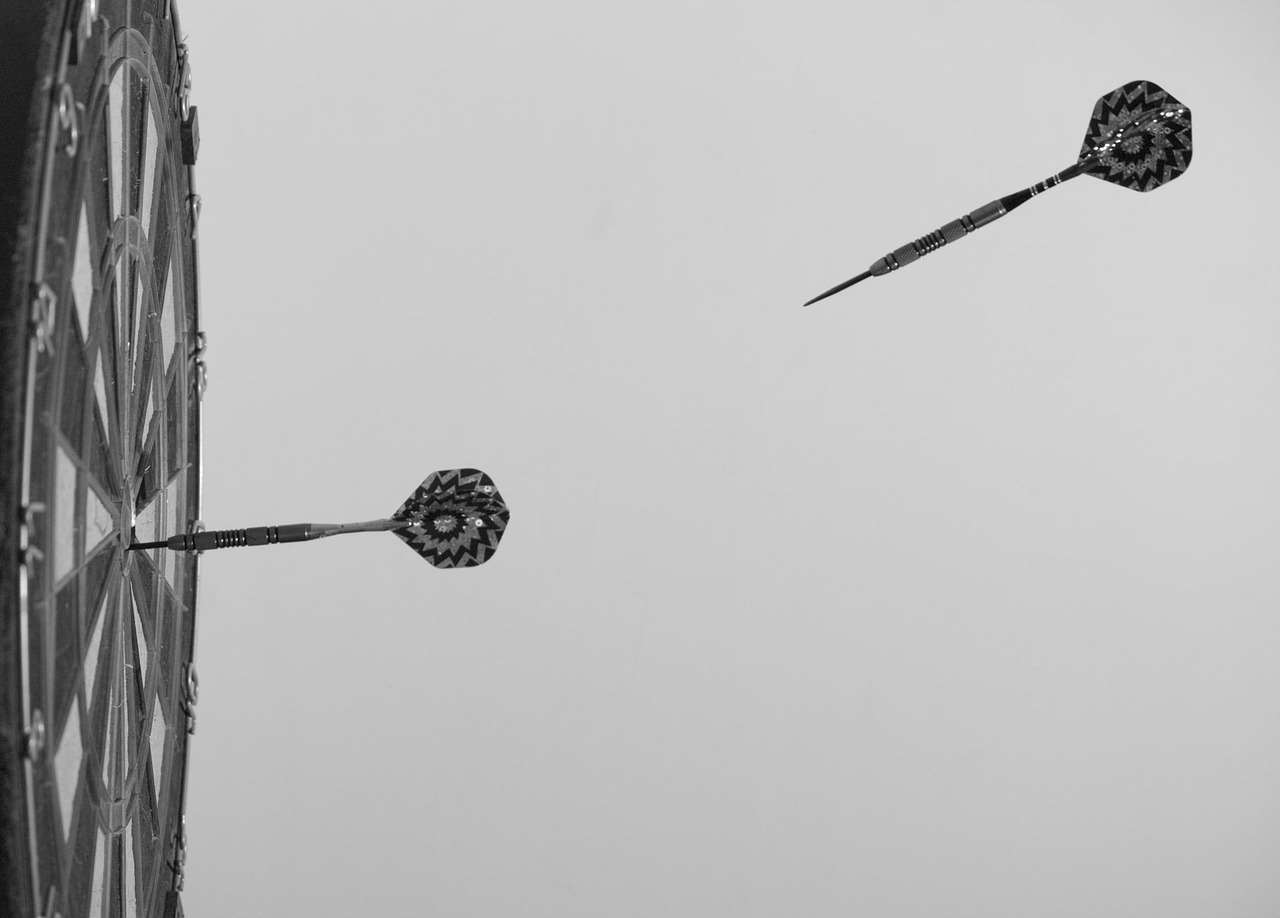
Often, simple adjustments can dramatically improve the gameplay experience. Sometimes, a complete recalibration is needed, and understanding the steps involved will ensure you get back to playing quickly and accurately.
Identifying Sensitivity Issues
Several signs indicate that your electronic dartboard needs calibration. These include: Inconsistent scoring, where darts that appear to hit the same segment register different scores; missed scores altogether, even with accurate throws; and frequent “no score” readings despite clearly hitting the board. If you experience any of these, it’s time to tackle calibrating electronic dartboard sensitivity.
For example, if you’re finding that your scores aren’t registering consistently, this might indicate a problem with the sensitivity settings. Similarly, if you’re consistently missing scores even when aiming accurately, this is another sign that a calibration may be necessary. Remember, a well-maintained and properly calibrated dartboard is a crucial component of a consistently great game.
Steps for Calibrating Electronic Dartboard Sensitivity
The specific steps for calibrating your electronic dartboard will vary depending on the brand and model. However, most boards offer a calibration mode accessible through a menu on the board itself or a connected control unit. Before you begin, ensure your dartboard is properly connected and turned on. Consult your user manual for specific instructions regarding your dartboard. This manual should be your primary resource for the correct process.
Many boards provide options for adjusting sensitivity levels; some might offer preset options (low, medium, high), while others allow for finer, more customized adjustments. Experiment with different settings to find the optimal level for your darts and playing style. Keep track of which setting produces the most consistent and accurate scores. For further customization options, see our article on custom grip options.
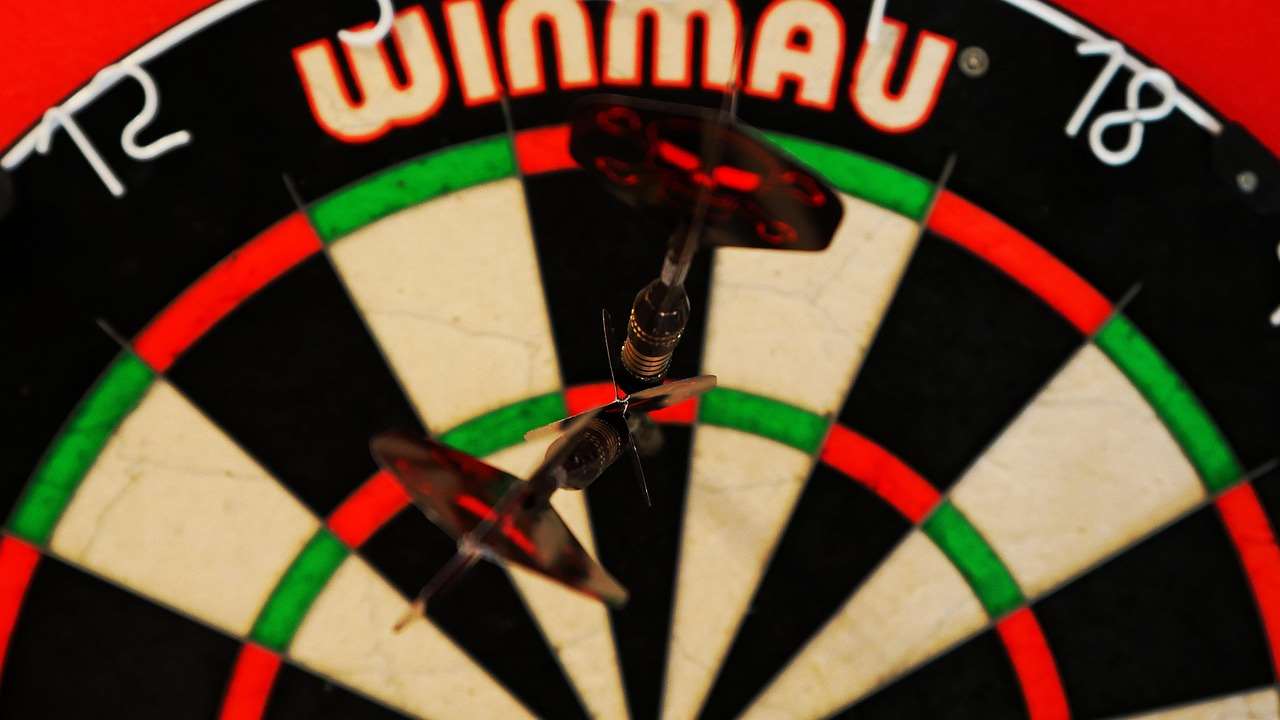
This process often involves throwing darts at various segments and monitoring the board’s response. The calibration process is designed to help the board learn and adjust to your specific throwing style and the darts you’re using. Remember, patience is key. It might take several attempts to find the perfect setting.
Troubleshooting Common Calibration Problems
Even after adjusting the sensitivity, you may still experience issues. Common problems include faulty sensors, damaged segments, or even issues with the dartboard’s power supply. If the calibration doesn’t resolve your scoring problems, consider investigating these possibilities. If you suspect a hardware issue, you may need to contact the manufacturer or a professional repair service like our darts gear repair services.
Faulty sensors are a common culprit. If a specific segment consistently fails to register, that sensor might be damaged. Damaged segments can also be the cause of inaccurate readings. Check carefully for any physical damage to the board. Ensure that the power supply is functioning correctly. A failing power supply can lead to inconsistent readings.
If you encounter difficulties with segment calibration specifically, check out our article on electronic dartboard calibration for segments. It will help you resolve segment-specific problems after completing the basic calibration processes discussed here.
Maintaining Optimal Dartboard Sensitivity
Once your dartboard is calibrated, maintaining that calibration is key to long-term accuracy. Regular cleaning and maintenance of your dartboard are crucial. Regularly check and replace your dart flights and tips, which also greatly influences the sensitivity of the scoring mechanism. Worn-out tips or damaged flights can affect how the darts register, leading to inaccurate scoring.
Additionally, avoid excessive force when throwing your darts. Excessive force can damage the dartboard segments over time, making calibration even more difficult. Consider the type of grip options for barrels and how they influence both your throwing accuracy and the amount of force you apply.
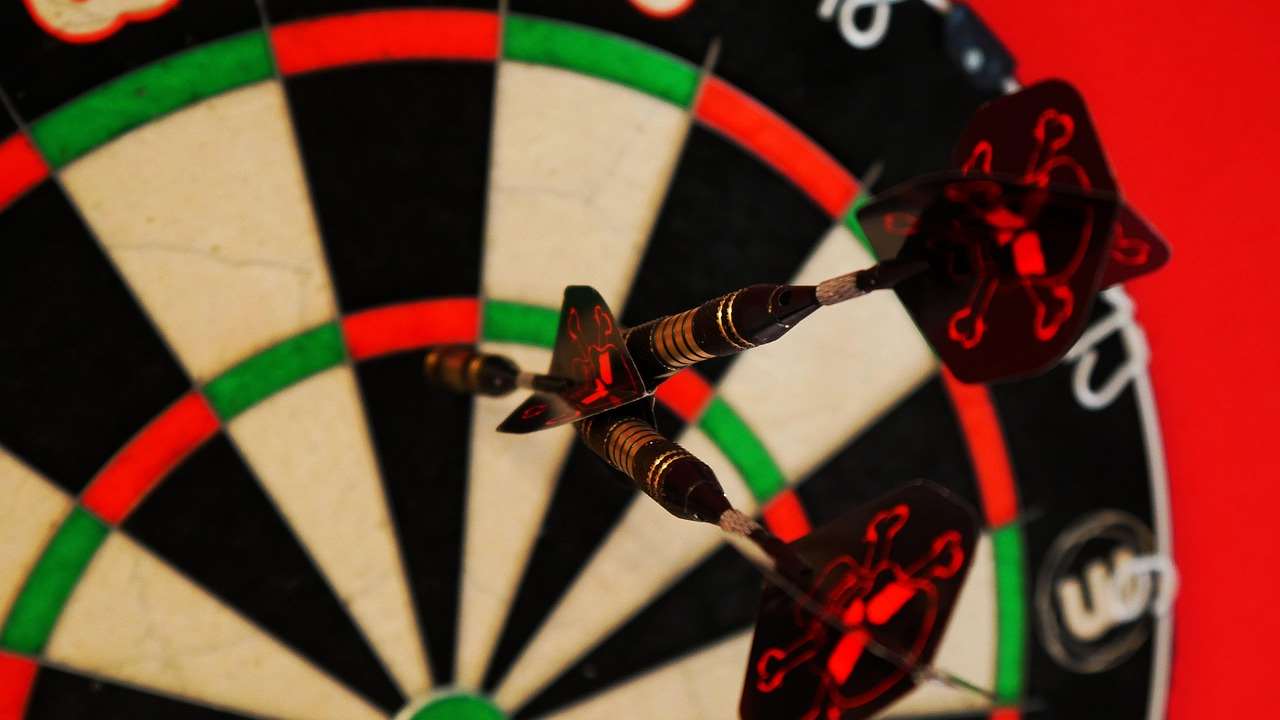
Remember that environmental factors such as temperature and humidity can affect the performance and sensitivity of your electronic dartboard. Try to keep the dartboard in a stable environment to minimize these effects. Proper maintenance, as detailed in our guide to Darts Equipment Maintenance Customization, is an important aspect of maintaining accuracy and sensitivity.
Advanced Tips for Fine-Tuning Your Electronic Dartboard
For more advanced users, some electronic dartboards allow for more granular control over sensitivity settings. These options may involve adjusting the threshold for registering a hit or fine-tuning the response time of the sensors. Experimentation is key here, but remember to keep track of your adjustments so you can easily revert to a previous setting if necessary.
Consider the consistency of your throws. Are you using the same throwing style consistently? Consistent throwing technique contributes significantly to accurate scoring. If you’re struggling with inconsistent throws, consider ways to improve your technique. Many resources are available online and in darting communities. Practice is still king.
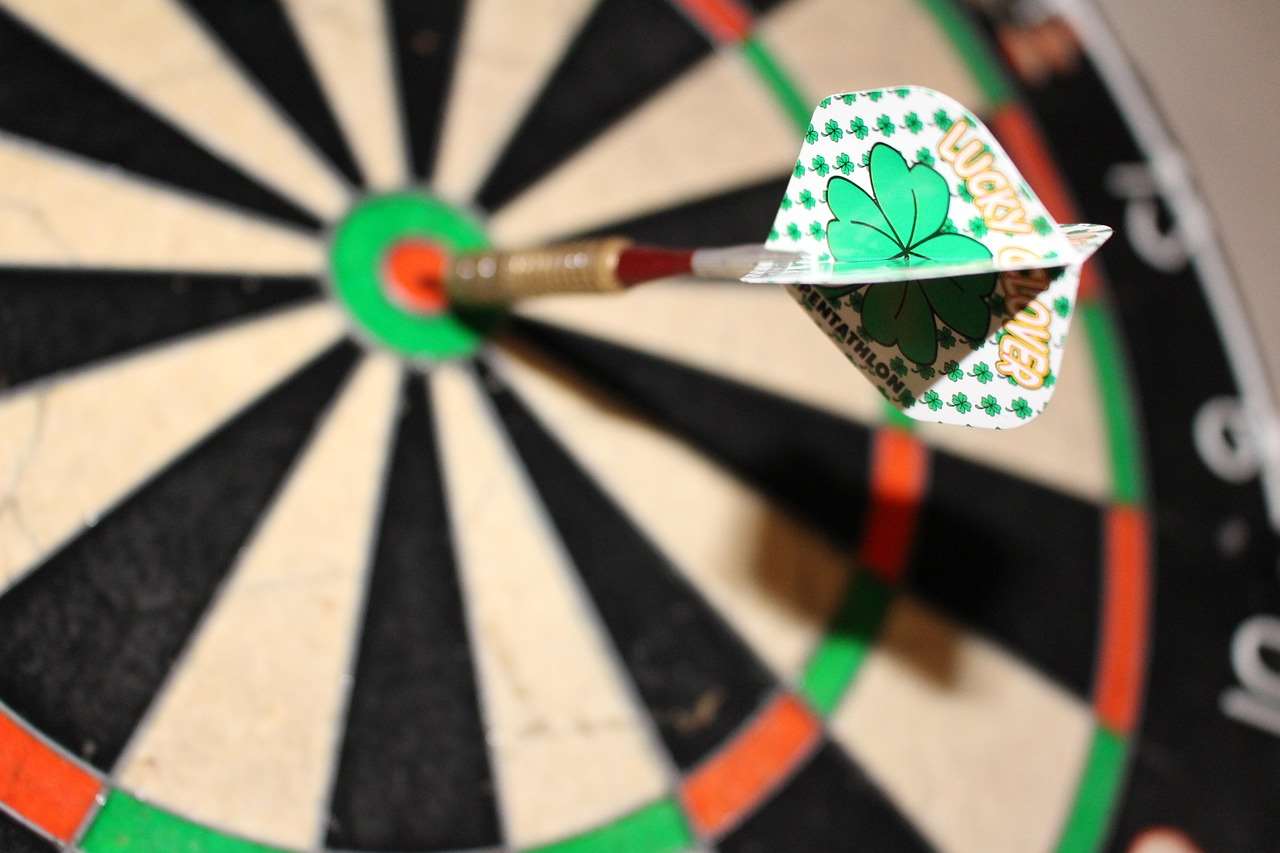
For those experiencing difficulties maintaining their grip, check out our advice on enhancing grip on old darts. It may indirectly improve your throwing consistency.
Using Different Dart Types and Tips
Different dart types and tips can influence your electronic dartboard’s sensitivity. Experiment with various dart types and note how they affect your scoring. Some dart types might require different sensitivity settings to achieve optimal accuracy. For more on specific flight customization, refer to our guide on custom shape dart flights. Experiment to find what works best with your board.
Remember, consistent and accurate throwing is just as important as calibrating your dartboard’s sensitivity. A perfectly calibrated board won’t make up for poor throwing technique. Practice regularly and maintain your dartboard’s sensors and segments. Understanding the relationship between your technique and the board’s responsiveness is crucial for enjoying the game to its fullest extent.
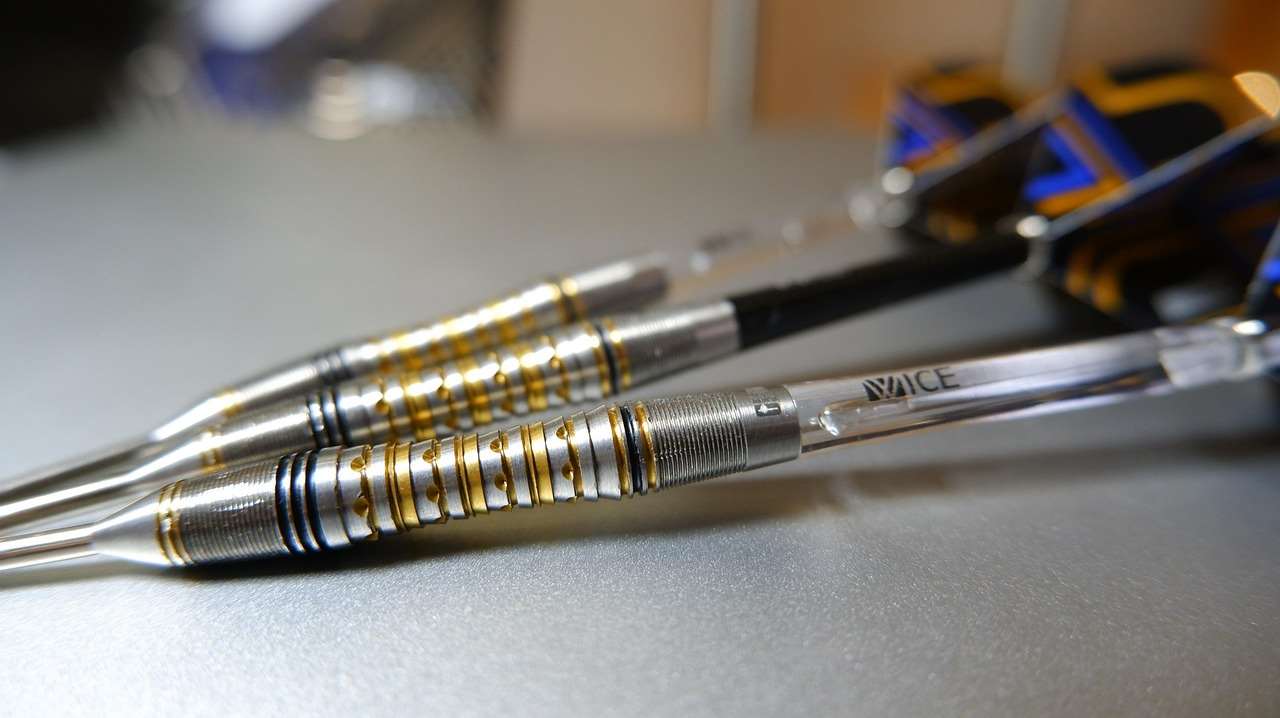
Understanding the nuances of movable dart point FAQs or related information about your specific dart type can also help you fine-tune your game.
Conclusion
Calibrating electronic dartboard sensitivity is a crucial step in ensuring an accurate and enjoyable dart-throwing experience. By following the steps outlined in this article and understanding the factors that affect sensitivity, you can optimize your dartboard’s performance and enjoy more consistent and accurate scores. Remember to consult your dartboard’s manual for specific instructions, and don’t hesitate to troubleshoot potential issues if necessary. With a little patience and attention to detail, you can ensure your electronic dartboard is always performing at its best. Happy throwing!
Hi, I’m Dieter, and I created Dartcounter (Dartcounterapp.com). My motivation wasn’t being a darts expert – quite the opposite! When I first started playing, I loved the game but found keeping accurate scores and tracking stats difficult and distracting.
I figured I couldn’t be the only one struggling with this. So, I decided to build a solution: an easy-to-use application that everyone, no matter their experience level, could use to manage scoring effortlessly.
My goal for Dartcounter was simple: let the app handle the numbers – the scoring, the averages, the stats, even checkout suggestions – so players could focus purely on their throw and enjoying the game. It began as a way to solve my own beginner’s problem, and I’m thrilled it has grown into a helpful tool for the wider darts community.